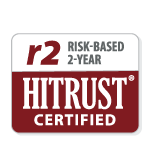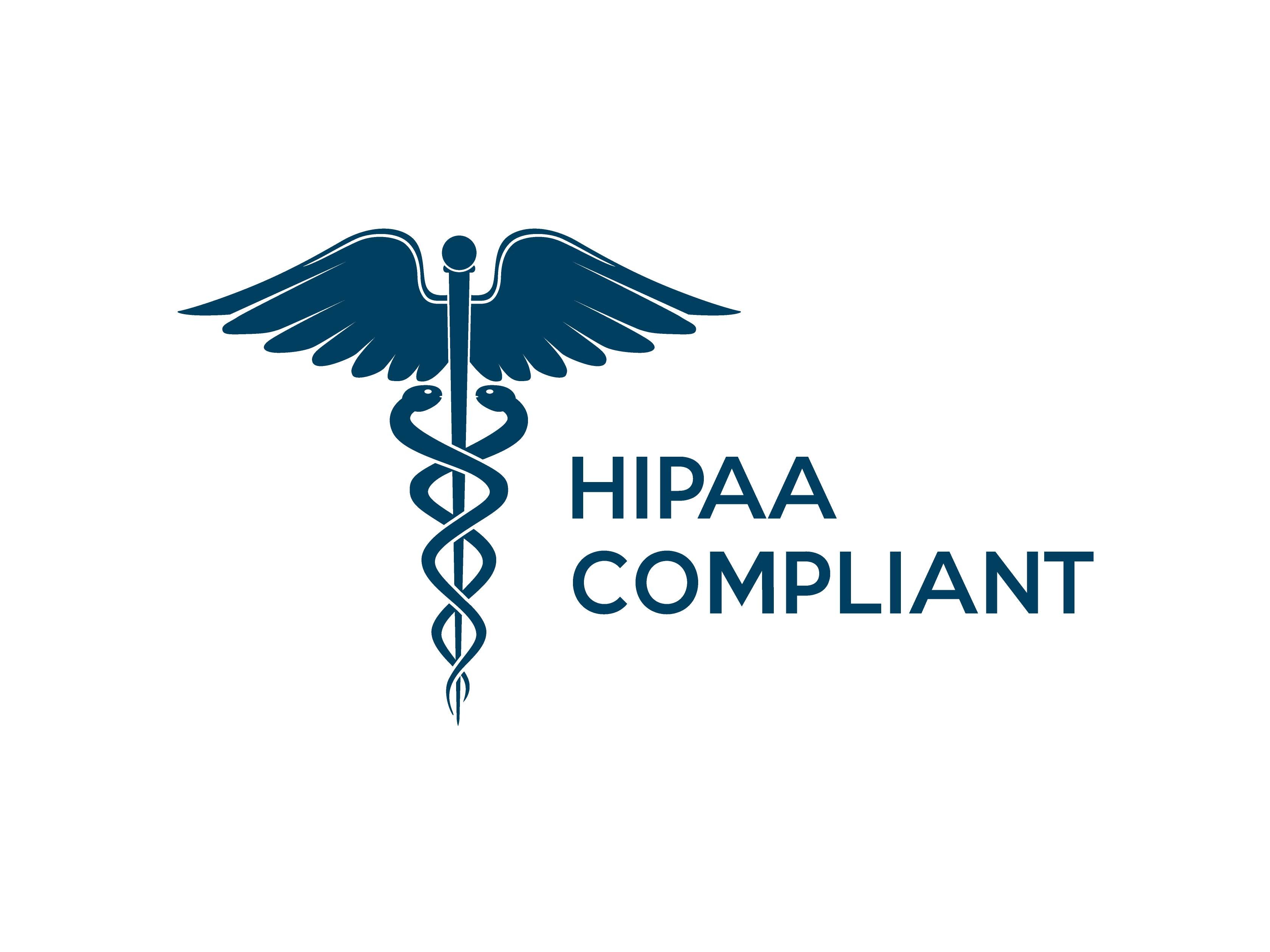From Great Idea to Great Results: 7 Steps to Boost Patient Engagement and Outcomes
Imagine this. A patient is discharged from the hospital post-surgery. Her discharge instructions include picking up her prescriptions, making a follow-up appointment with her surgeon, ensuring sure she receives the right medical supplies, and scheduling weekly physical therapy appointments.
Feeling tired and overwhelmed by the experience, the patient isn’t entirely sure she understands everything she needs to do. But she doesn’t ask for clarification, as she’s anxious to leave the hospital, and the hospital staff are rushing the process to free up a bed.
She’s relieved, then, when she receives a text from her insurance case manager the next day asking if she picked up her prescriptions. The text also includes a list of all follow-up tasks in her discharge form.
She hadn’t picked up her prescriptions, so she goes to the pharmacy right away to get them. Then she replies to the text as requested, letting them know she has the prescriptions in hand.
The next day, she gets a text reminder “from” her surgeon about scheduling a follow-up appointment. The text also links to a brief video of the surgeon sharing at-home care tips for people who’ve had her same procedure.
Getting that text and the video from her surgeon makes her feel incredibly cared for and valued. She makes a mental note to thank him at her follow-up appointment. And she happily tells her friends about the experience.
Better engagement means better outcomes
Outcomes like these aren’t pie-in-the-sky dreams. Studies have shown that patient engagement directly correlates to processes of care for both prevention and disease management. Patients with diabetes, for instance, show improved self-care skills and quality of life when they have positive connections with their providers.
Patients’ communication with their care team is also directly linked to adherence to medical advice and treatment plans. This is especially important with patients who have chronic conditions and must stay committed to their ongoing care.
Bottom line—patients who have good care experiences tend to have better health outcomes. Research on patients who were hospitalized for heart attack, for example, revealed that those who had better reports about their care also had better outcomes a year after discharge.
Better patient experiences are better for business
Patient experience is correlated with key financial indicators. Specifically, good patient experience is shown to:
- Increase patient retention
- Improve employee satisfaction and lower turnover
- Reduce medical malpractice risks
And, of course, when improved patient experience leads to improved health outcomes, everyone wins. That includes financial benefits for the health system, insurers, providers, and others.
Getting from “great idea” to “great outcomes”
The idea of getting the right message to the right patient at the right team isn’t new. It’s been the holy grail of healthcare for decades. The challenge is creating and implementing the platform that can make it happen. As with everything, time, resources, and cost are major hurdles.
Healthcare teams are already stretched thin—juggling multiple high-level initiatives and day-to-day responsibilities. Even if they were able to find time to kick off a project like this, they would almost certainly hit a brick wall when it comes to the IT resources needed to implement the plan.
Of course, there are plenty of big-name (and big-budget) engagement platforms on the market. But the complexity of those solutions can be overwhelming. And despite all their bells and whistles, they don’t help with what can be the most critical yet most challenging aspect of the process—planning.
A step-by-step process
So how do you get from the great idea of just-in-time patient communications to the great results they can deliver? Follow these steps.
- Develop a connection strategy. Identify with whom you need to communicate and how they prefer to be engaged.
- Identify high-value moments. What are the moments that truly drive each engagement?
- Create initial story mappings. This should lay out the timing of each engagement. These steps will later feed into the workflow design.
- Select the digital assets. Identify all content to be delivered throughout the engagement. This can include video, audio, SMS messages, documents, images, and text.
- Identify content designs needed. Identify landing pages, email templates, text to voice scripting, etc., that will be used throughout the journey.
- Determine data and rules. This is a critical step in the process, as it identifies the data needed to populate web pages, text and voice messages, conditional routing of the workflow, and dynamically populating media content.
- Document the success criteria. Identify the data needed in order to create metrics for measuring success. Analytics can come from inputted data, captured data, communication data, and/or video consumption statistics.
Find the right vendor
Ideally, your engagement platform vendor would walk you through the planning phase—and do much of the planning legwork—in addition to quickly developing and deploying the solution. It’s what we at SmartStory do for all our clients. Learn more about our capabilities. Or contact us to schedule a quick demo.


